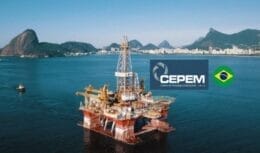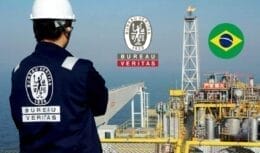
A total of 100 square kilometers were reforested, part of the native vegetation, in the state of São Paulo
The state of São Paulo managed to recover part of the native vegetation. The before and after of Serra do Mar, in Cubatão, are a portrait that man can indeed correct the mistakes made in nature. In an article published by Jornal Nacional, he showed that the project was aimed at aerial sowing, with seeds packaged in gel capsules.
Check out other news:
- Votorantim Energia has job vacancies open on the 21st
- Infotec Brasil wins contract in the energy area for services at the Volta Grande Hydroelectric Power Plant, in Minas Gerais
- From the civil engineering sector, the leader OAS hires professionals in the areas of supplies and internships, this 21st
Biologist Renata Mendonça says: “I feel very proud. Cubatão was known at the time as the most polluted city in the world”.
Geographer Roney Santos and biologist Renata were on the team that collected the seeds for reforestation at the time. The geographer says that “Here we carried out an applied research process. We started practically from scratch and achieved results that we see here today, 30 years later”.
100 kilometers of Atlantic forest were reforested in the city of Cubatão. The project is a milestone of the environmental movement, which led to other decisions of the same nature being taken in the coming years. The state's Forest Inventory has been changing its appearance over the course of reforestation.
A map of the area in the 2000s shows the site completely deforested. The most current map shows that over ten years, the native forest increased from 4.340.000 to 5.670.000 hectares, a total forest cover of 22,9%. Marco Aurélio Nalon who is a physicist and the inventory coordinator says there was an increase of five percentage points.
Marco Aurélio says “This increase may seem small at first, but it is very significant, given the economic and social dynamics of the state of São Paulo, which is very intense. The most important thing is that it has occurred in the regions of the state where we have historically experienced the greatest loss of native vegetation cover”.
João Paulo Capobianco, who is a biologist and vice president of the Instituto Democracia e Sustentabilidade said at the time that “This replanting is very significant. It is an important initiative”. He added, “What happened there was a total reversal from a dramatic situation to a very positive one. This is a demonstration that society's action in an organized way generates results”.
Another factor that was very representative, in addition to the participation of NGOs and public policy, was the preservation of the environment in agribusiness.
João emphasizes “There is no agribusiness without a preserved environment. There is no pollination. There is not water in abundance and in the quantity necessary for production. There is no associated biodiversity. There is no soil conservation. Environmental protection is part of agricultural production”.












